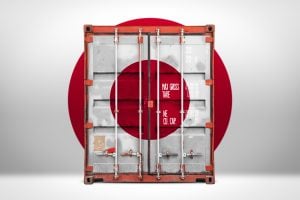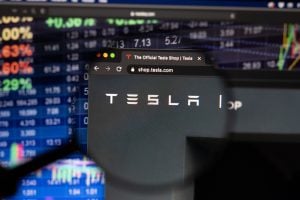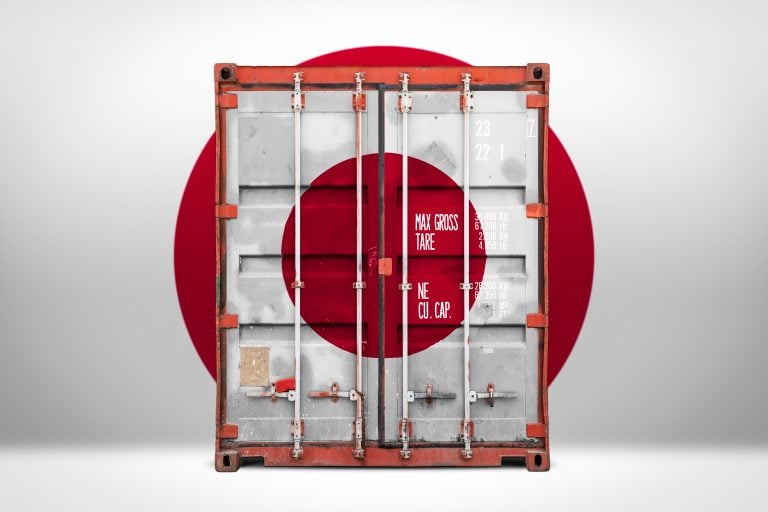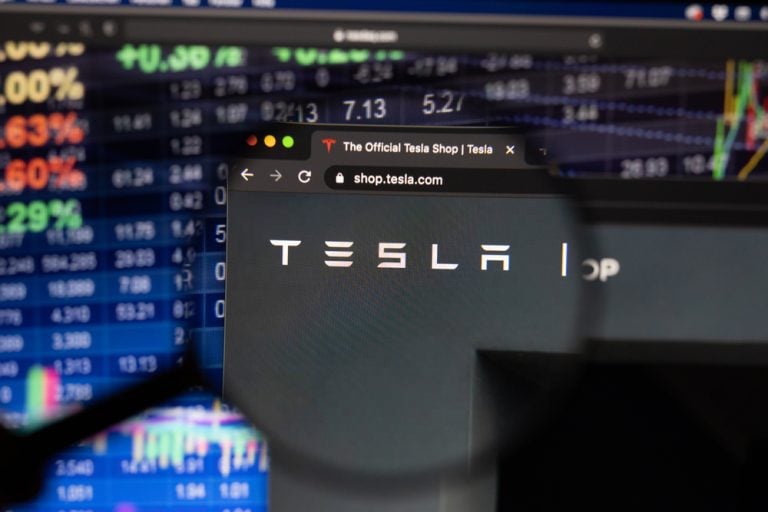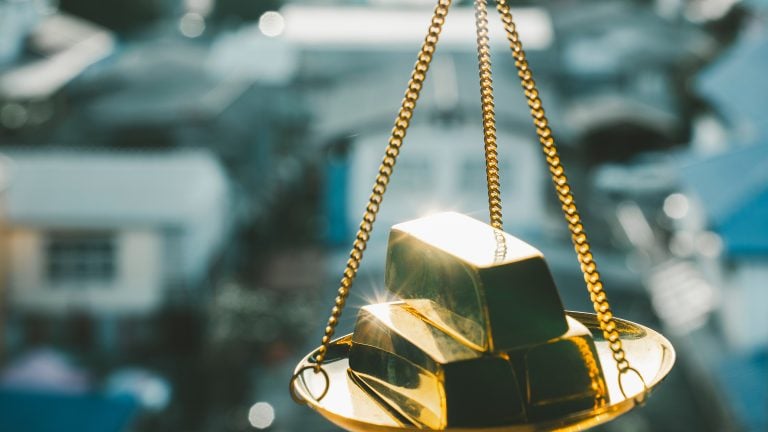Brazilian Critical Minerals is working towards releasing a Scoping Study for its large-scale Ema project in coming months
It’s also just signed an MoU to supply its high-value magnet rare earths product to South America’s first rare earth magnet plant
Metallurgical testing has shown Ema has some of the world’s highest rates of rare earth recoveries for any ionic clay deposit globally
Special Report: Among the small caps in the hot Brazilian rare earths space, there’s one that’s taking a lead in the race to a non-Chinese supply chain for the critical minerals.
While in the middle of a full workbook of activities for its large-scale Ema project, Brazilian Critical Minerals has just signed a Memorandum of Understanding (MoU) with rare earth element (REE) magnet manufacturer, the SENAI Regional Department of Minas Gerais, to jointly research and produce the end products.
Behind the forecasts tipping the REE permanent magnet market to double by 2040 is an urgency among western nations to break China’s hegemony over critical minerals production and processing. The latest move came on last week (September 23) when the US announced it had rallied its allies to form a minerals security finance network as part of the Minerals Security Partnership.
Home to some of the world’s largest, high-grade and easy to mine ionic clay-hosted (IAC) REE deposits, Brazil has big ambitions to be more than a South American quarry. As the continent’s first rare earth magnet plant, SENAI Regional Department-owned CIT SENAI ITR, formerly known as Lab Fab, is key to its goals of diversifying the REE magnet supply chain.
Scheduled to start operations later this year, SENAI plans initial production of 100 tonnes per year of permanent magnets, making it the first facility of its kind in the southern hemisphere able to pump out such a volume. It then aims to build output to 200tpa.
Brazilian Critical Minerals (ASX:BCM) Managing Director Andrew Reid said: “For juniors that have aspirations to sell rare earth product from mines, it’s really important to have the opportunity to sell them into the downstream market.
“SENAI is a recognised leader in developing technology in Brazil and we’re excited to be partnering with them on joint research projects and a pilot project to further progress our rare earth permanent magnet production ambitions.”
Full workbook at Ema
Aside from signing the pivotal MoU, BCM has been moving ahead with a range of activities between now and the end of this calendar year with other partners who are leaders in their fields.
The company is almost halfway through a Scoping Study and has almost completed a 240-hole auger infill auger drilling program.
The aim of the drilling is to upgrade the high-grade portion of the Ema project’s inferred mineral resource estimate of 1.02Bt at 793ppm TREO to the higher confidence indicated JORC category. Converting sufficient tonnage would support the initial mining/treatment operations currently being considered.
At the same time additional ANSTO metallurgical testing is continuing and this will define the process flowsheet.
The pivotal flowsheet development work follows several metallurgical testing rounds that have shown Ema has some of the world’s highest rates of rare earth recoveries for any ionic clay deposit globally, averaging 68% magnet rare earth oxides (MREO), specifically the high value Neodymium, Praseodymium, Dysprosium and Terbium (Nd,Pr,Dy,Tb).
That includes testing showing a strong and rapid response to water permeability field trials, which would offer cost effective and environmentally friendly rare earths extraction. Bench scale diffusion testing was also undertaken, mimicking in-situ leach which is a proven cost effective and environmentally acceptable extraction process.
The outstanding recoveries of MREO using very low concentrations of reagents gives BCM several low capex entry start-up processing routes to guide it through the Scoping Study period and flowsheet definition.
The company has additionally started its baseline environmental assessment by CERN. This will inform placement of project infrastructure, potential impacts, and the development of environmental mitigation measures.
All that work will come together to form the Scoping Study led by Ausenco, which BCM hopes to release by the end of this year or early in 2025.
“The Ema project, which has similar physical characteristics to the large Chinese ionic clay deposits, is shaping up to be a low capex, low opex, low risk project that is unique outside of China, producing a product which is ready to go into any rare earth separation plant anywhere in the world,” Reid said.
“We’re also proud to be engaging with SENAI and its locally developed technology, with a commitment to support the accelerated development of permanent magnets.”
This article was developed in collaboration with Brazilian Critical Minerals, a Stockhead advertiser at the time of publishing.
This article does not constitute financial product advice. You should consider obtaining independent advice before making any financial decisions.
The post Brazilian Critical Minerals on supply chain fast track appeared first on Stockhead.

